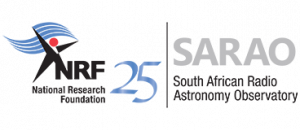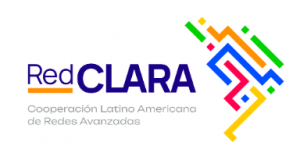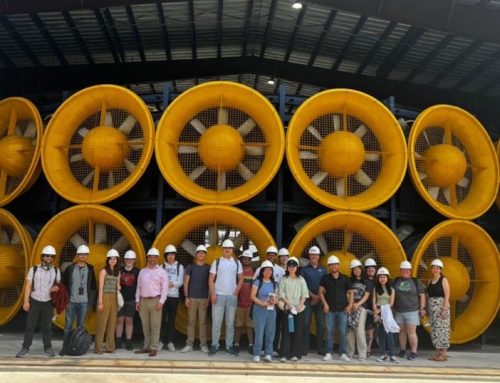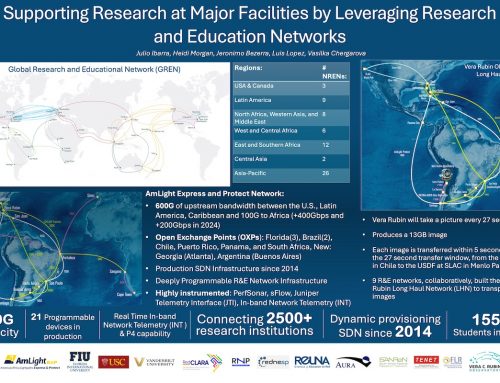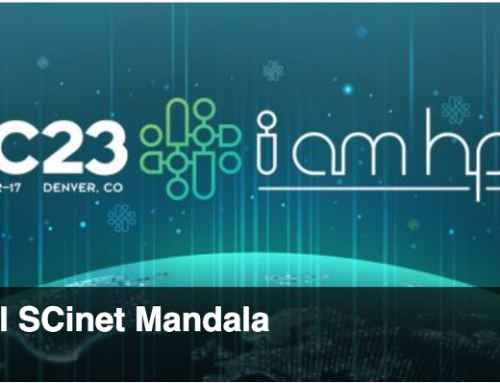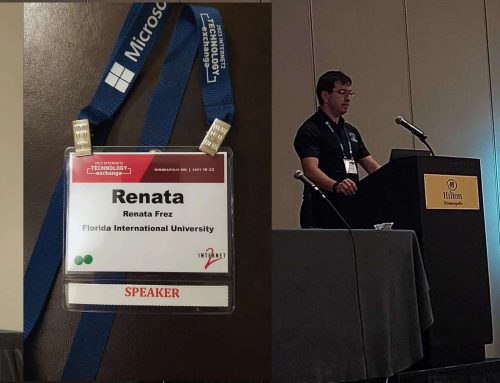|
||||
|
|
|
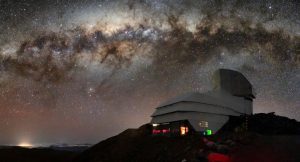 NSF-DOE Rubin Observatory will capture the unseen cosmos: Dark matter, dark energy and millions of exploding stars
NSF-DOE Rubin Observatory will capture the unseen cosmos: Dark matter, dark energy and millions of exploding stars
August 2024
The NSF-DOE Vera C. Rubin Observatory, set to begin operations in 2025, will conduct a 10-year mission to capture an unprecedented, detailed chronicle of cosmic events. Its goal is to unravel the mysteries of dark matter and dark energy, which together comprise 95% of the universe, influencing the structure and movement of galaxies but remaining largely invisible. By continuously observing the entire visible southern sky from a Chilean mountaintop, the observatory will document trillions of cosmic objects and events, producing a comprehensive “digital color motion picture of the universe” and yielding groundbreaking discoveries, including billions of stars, galaxies, and supernovas … Read More
|
|
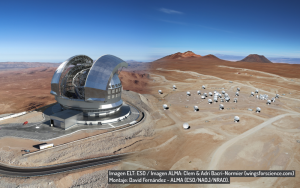 New Agreement Between ESO, ALMA, and REUNA Will Multiply Astronomical Data Transmission Capacity by 10 Times
New Agreement Between ESO, ALMA, and REUNA Will Multiply Astronomical Data Transmission Capacity by 10 Times
May 13, 2024
A new agreement between ESO, ALMA, and REUNA will increase the data transmission capacity of ESO’s Paranal Observatory and the ALMA radio telescope by 10 times, enhancing their ability to share astronomical data globally. This collaboration, extending until 2034, upgrades the high-speed fiber optic network connecting observatories in the Atacama Desert to research institutions worldwide. The agreement supports cutting-edge projects like ESO’s Very Large Telescope (VLT) and the future Extremely Large Telescope (ELT), as well as ALMA’s ongoing upgrades under its 2030 plan, ensuring both observatories remain at the forefront of astronomical research …. Read More
|
|
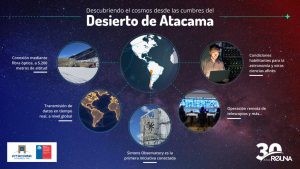 Observatories at over five thousand meters altitude will be able to transmit data in real time thanks to new network
Observatories at over five thousand meters altitude will be able to transmit data in real time thanks to new network
May 2024
A new high-speed fiber optic network was launched to support astronomical projects in northern Chile, allowing observatories at over 5,000 meters altitude to transmit data in real time. This initiative is a collaborative effort between the Atacama Astronomical Park, REUNA, ANID, the ALMA Observatory, and Silica Networks. The network will initially benefit the Simons Observatory, enhancing its ability to analyze data quickly and improve scientific observations. The project aims to support other observatories in the region and strengthen Chile’s role as a global leader in scientific research … Read More on Spanish
|
|
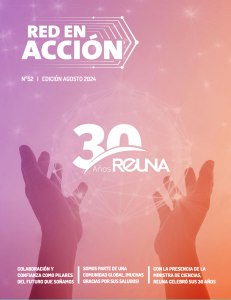 Congratulations for REUNA’s 30th anniversary!
Congratulations for REUNA’s 30th anniversary!
August 8, 2024
The August 2024 edition of Red en Acción celebrates REUNA’s 30th anniversary, featuring key articles such as a reflection on its three-decade journey, a message from SURF’s CEO Jet de Ranitz, and insights on the themes driving REUNA’s mission. The issue highlights the organization’s focus on promoting science and education without borders, the importance of collaboration and trust for the future, and includes messages of support from the global community. The anniversary celebration also featured Chile’s Minister of Science, recognizing REUNA’s impact over the years … Read More
|
September 18, 2024 Dr. Boubakar Barry, a pioneer in African research and education networking, passed away unexpectedly on September 18, 2024, at the age of 65. Dr. Barry played a key role in establishing networks that connected African National Research and Education Networks (NRENs) to each other and the global community. He led the Research and Education Networking Unit of the Association of African Universities (AAU) and guided the first formal meeting of African and European NRENs in 2006, laying the groundwork for the UbuntuNet Alliance, the first regional network in Sub-Saharan Africa. His efforts also led to the creation of AfricaConnect and the founding of WACREN, the regional network for West and Central Africa, where he served as CEO from 2013 … Read More
Upcoming We are pleased to announce the 2025 SA3CC meeting, scheduled for May 6-7, followed by the Vera Rubin Network Engineering Team (NET) meeting on May 8-9, 2025. Both meetings are planned as in-person events with options for remote participation and will be hosted by REUNA and NOIRLab at the NOIRLab La Serena Base Facility in La Serena, Chile. Additionally, we are exploring the possibility of organizing a visit to the Vera Rubin Observatory on May 5th.
August 16, 2024 Using the MeerKAT radio telescope in South Africa, the precursor to the Square Kilometer Array (SKA), Astronomers found a mysterious ring of light that appears almost as a perfect circle, or an Odd Radio Circle (ORC). This object has been nicknamed ‘Kýklos’ (J1802–3353), the Greek word for circle, and can only be seen in detail in the radio waveband and spatial resolution as observed by MeerKAT. The origin of these types of objects remain a mystery however, this most recent study has found that Kýklos may originate from a shell surrounding a Wolf-Rayet star. Wolf-Rayet stars are one of the hottest and most violent types of stars observed to date. Kýklos is observed to be approximately 6 degrees above the galactic plane, and therefore possibly the first ORC to be observed close to the galactic center. Due to the unknowns surrounding this object, Astronomers posit that there is a possibility that Kýklos is actually extragalactic in origin as well. While Kýklos is not the first ORC to be observed, it’s discovery by this team of Astronomers, including two NSF funded scientists, Dr. William Cotton and Dr. Lucciano Cerrigone located at the National Radio Astronomy Observatory (NRAO), comes at a pivotal moment in the growth of space exploration in South Africa and the next generation of radio telescopes … Read More
|

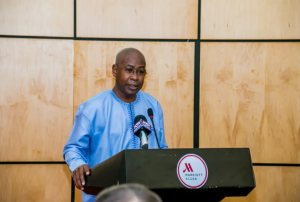
 [SAVE THE DATES] AmLight SA3CC Face-to-Face / Virtual Meeting – May 6-7, and the Vera Rubin Observatory NET meeting, May 8-9, 2025
[SAVE THE DATES] AmLight SA3CC Face-to-Face / Virtual Meeting – May 6-7, and the Vera Rubin Observatory NET meeting, May 8-9, 2025